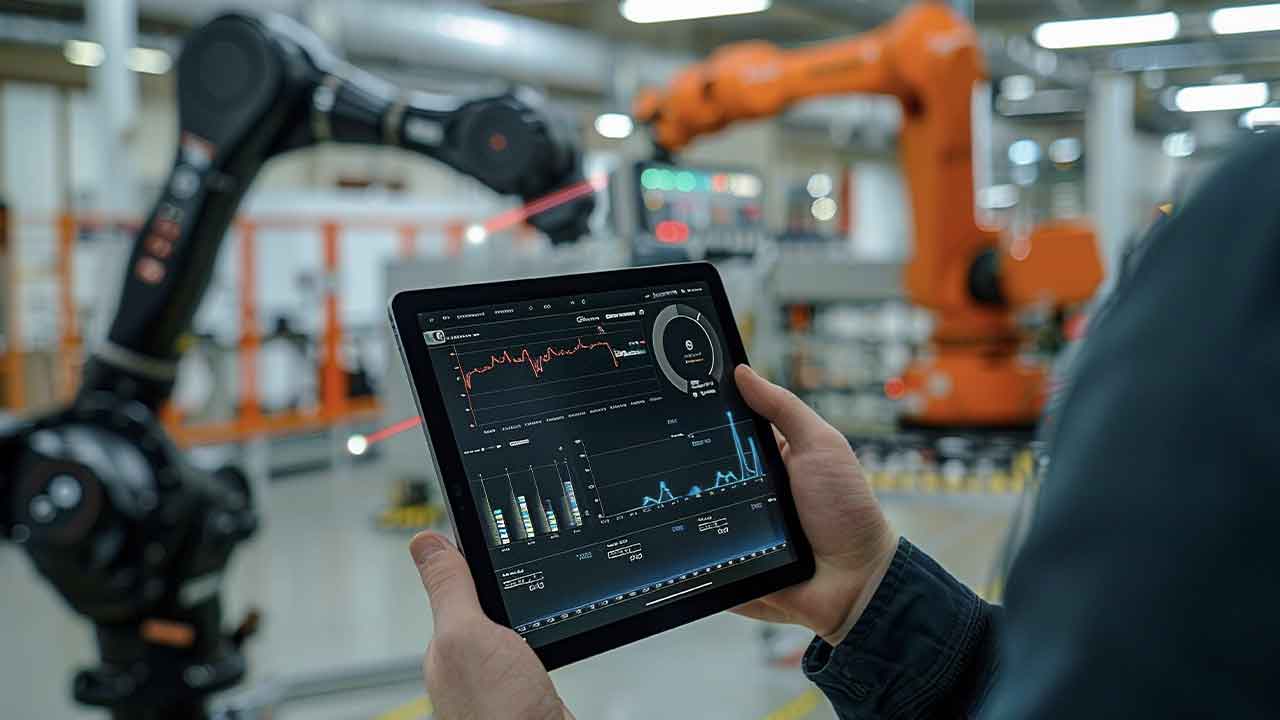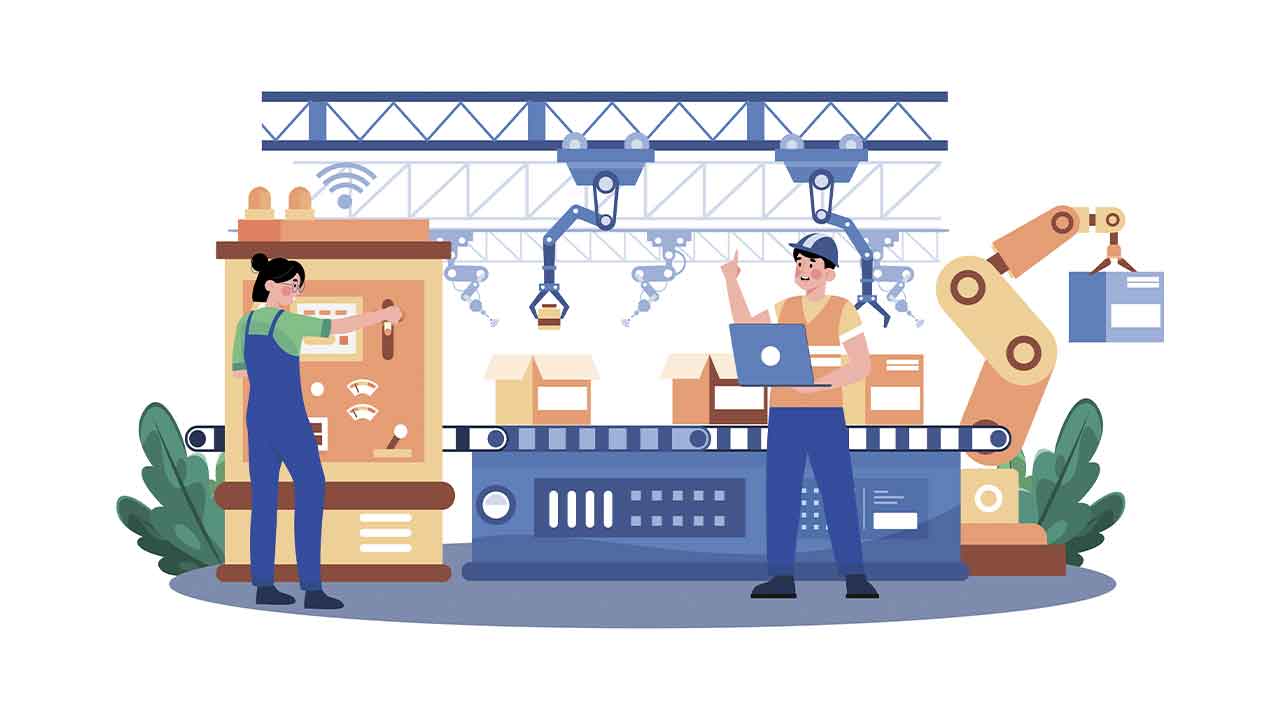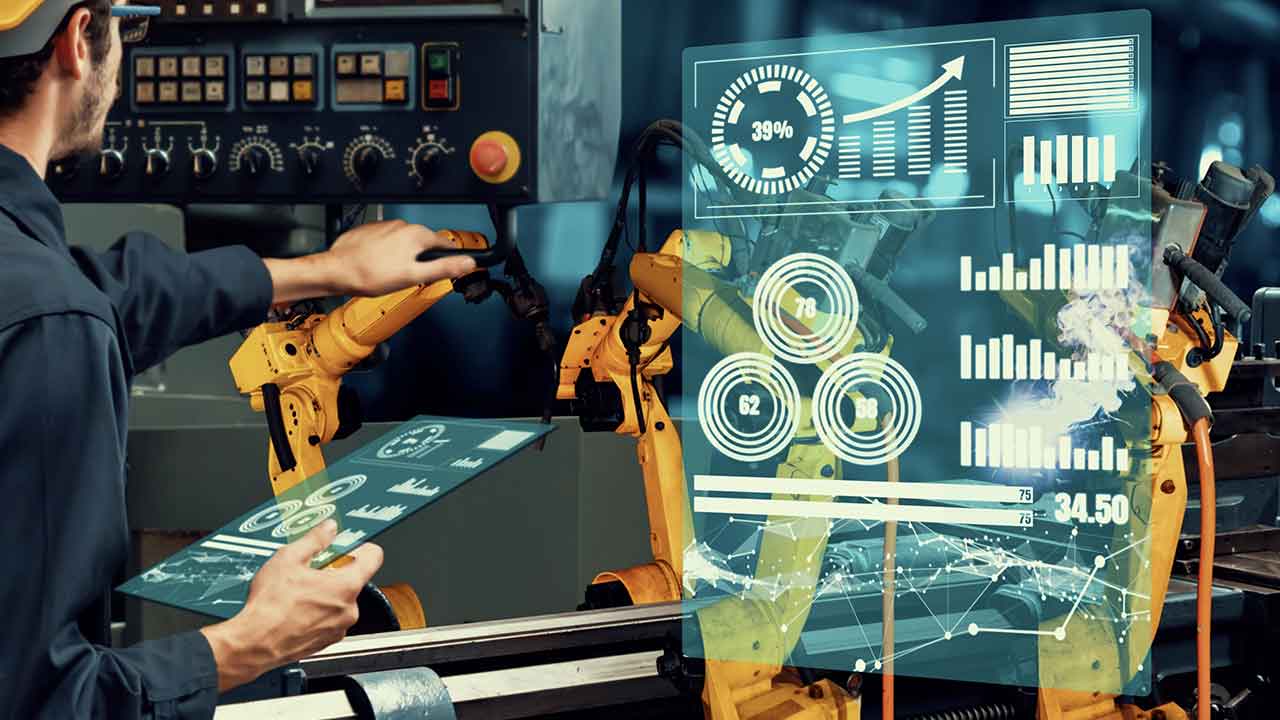Human-Centric Automation: Redefining Industrial Innovation with AI
At Hannover Messe 2025, one theme stood out across the conversations in industrial automation: human-centric automation. Aurelien Le Sant, CTO & SVP of Innovation & Technology for Industrial Automation at Schneider Electric, shared insights on this emerging approach that places people—not machines—at the center of innovation, redefining how automation systems are designed, deployed, and operated. It reflects a broader shift in industry thinking: technology should amplify human capability, not just replace it.
The rise of AI-powered copilots, collaborative engineering tools, and embedded intelligence at the edge is enabling this vision to take shape across manufacturing, energy, and infrastructure sectors.
Human-Centric Automation: A Functional Definition
Human-centric automation is about more than just user-friendly interfaces. It refers to designing automation systems that actively support engineers and operators in their daily work environments. Key features include:
- Collaborative engineering platforms that enable multiple users to work simultaneously on shared projects, inspired by DevOps practices,
- Real-time contextual assistance for tasks ranging from application generation to code explanation,
- AI-driven support that enhances productivity, quality, and confidence for both experienced and less-experienced team members,
- Built-in safety and risk mitigation, where AI monitors and reduces hazards in real-time.
By focusing on how people interact with automation, this model makes systems more intuitive, scalable, and resilient.
AI Copilots: Engineering Productivity Reimagined
A standout development is the integration of AI copilots into industrial engineering workflows. These tools—developed through partnerships between technology and automation leaders—assist with every step of the application lifecycle.
Engineers can now:
- Generate applications from written requirements,
- Create and inject code into projects,
- Run test cases,
- Explain segments of code to teammates,
- Get contextual suggestions to improve performance.
This not only accelerates development but empowers engineers to deliver higher quality outcomes—a crucial advantage in complex and time-sensitive operations.
AI at the Edge: Real-Time Efficiency and Autonomy
Industrial automation is increasingly moving toward autonomous systems, and the key enabler is AI at the edge. Advanced platforms now integrate compute capabilities directly into control systems, allowing AI algorithms to run locally.
This enables:
- Real-time decision-making on the factory floor,
- Greater operational efficiency without latency from cloud dependencies,
- Scalable intelligence embedded throughout operations.
These capabilities are just the beginning. As edge AI matures, we will see more autonomy in industrial systems, unlocking new levels of optimization, adaptability, and uptime.
Building Resilience with Predictive Capabilities
AI is also driving greater operational resilience through predictive maintenance and dynamic systems insight. By collecting and analyzing field data, organizations can:
- Predict when assets will fail,
- Optimize maintenance schedules to reduce downtime,
- Increase product lifespan and customer satisfaction,
- Integrate supply chain data to anticipate disruptions.
Solutions that tie together data from the field, engineering, and enterprise systems help build a more connected, proactive, and durable industrial ecosystem.
Closing the Talent Gap—and Attracting Gen Z
One of the most pressing challenges facing the industry is the looming talent gap. By 2030, automation roles will see significant demand, while 40% of current experts are expected to retire soon.
Human-centric automation can help close this gap. It introduces tools and technologies that resonate with the next generation—AI, edge computing, 5G—and gives young professionals an opportunity to apply their skills in high-impact environments.
Modern engineering now involves solving sustainability challenges, developing smarter systems, and working on cutting-edge tech. That’s a compelling narrative for Gen Z, and a path toward a more vibrant, inclusive industrial workforce.
Human-centric automation isn’t the future—it’s already here. It represents a profound rethinking of how we build, scale, and sustain industrial systems. By designing around people and powered by intelligent technology, it offers a roadmap to greater efficiency, resilience, and long-term innovation.
Sponsored by Schneider Electric
About the author
Lucian Fogoros is the Co-founder of IIoT World



